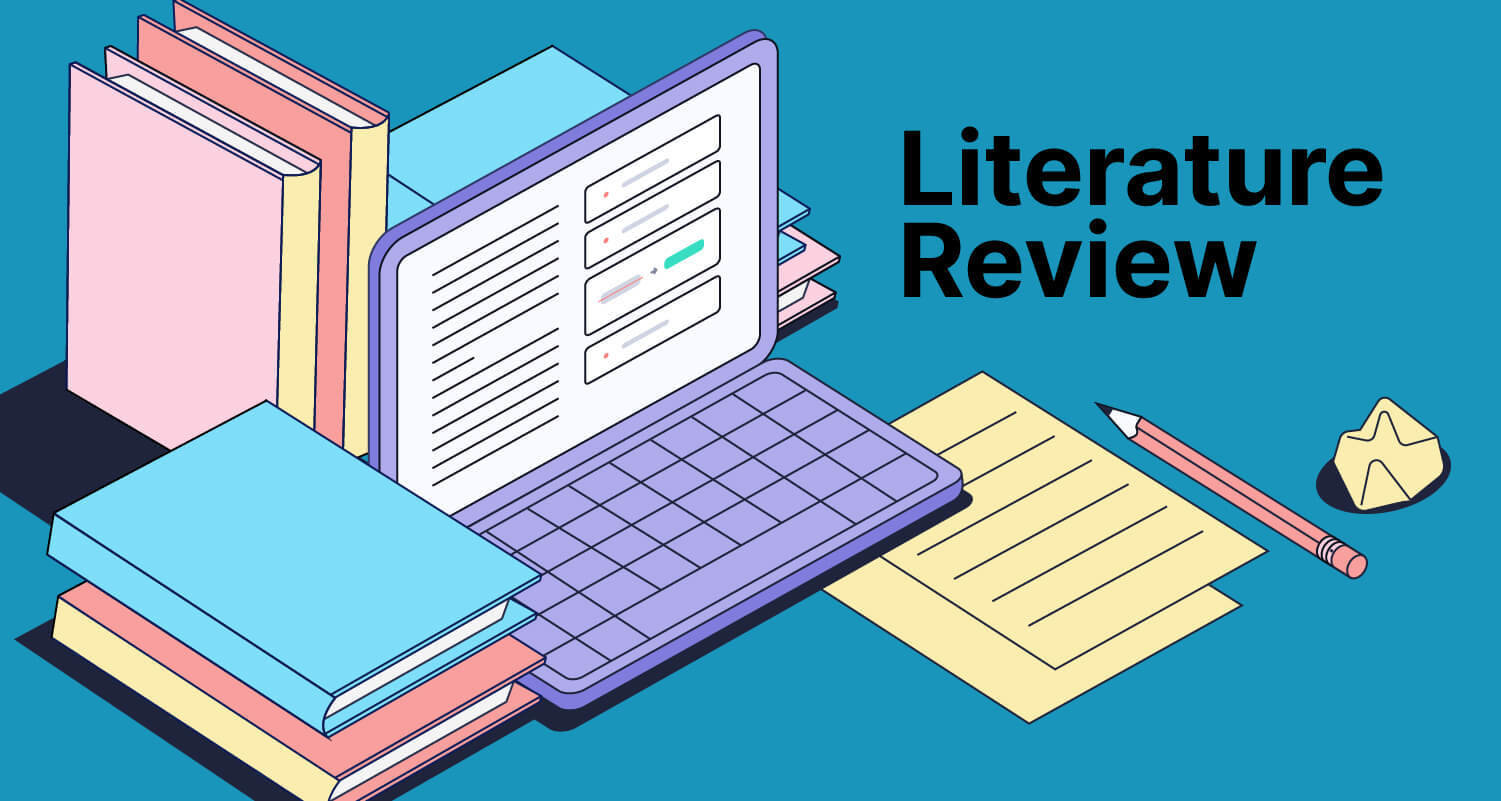Title Text

How to Write a
-Guide 2021
The process of writing a literature review can be broken down into five stages, which are as follows:
The "Developing Understanding" stage involves an exploration of the relevant subject area, including an evaluation of what has been written on it before. The aim here is to identify and define terms and concepts in your chosen field, then determine what gaps there may be for new research or ideas. You can even get help from dissertation writing services.
Evaluating existing research equips you to do this task by exposing you to the different approaches, methods and theories that have been used to explore your subject area. Early investigation will help you clarify your own position and standpoint in relation to the subject area.
The "Mapping" stage involves summarizing existing literature, including abstracts from journals or books on the topic, and 'mapping' out relationships between and among what has been written on your chosen topic. In this way you will be able to show the development of ideas, concepts and themes that have emerged in other people's research on your chosen subject matter. One question you might ask yourself here is: What are all of the areas into which my subject can be divided? This not only helps with defining terms relating to your field but also shows connections between areas of research.
The "Rationalising" stage involves identifying points of dispute or disagreement among those who have written on a particular topic. The goal is to identify points, themes and issues that require resolution in the final section of your literature review by presenting your own ideas about them - either in summary form (abstracting key points), or by discussing their implications further.
A Literature Review must be analytical
The "Creative" stage is when you formulate new questions and/or hypotheses, based on what has been discovered while exploring existing literature through the earlier stages. This may also involve evaluating relevant theory as part of this process. In this way you decide which theories best answer any outstanding problems that have been identified, and how these theories can be modified to provide answers.
The final stage involves a return to the "Mapping" stage, where your findings from the previous stages are summarised or mapped out in relation to what you have formulated. This allows you to clearly communicate both what is known about a topic and also what gaps there are for future research. If you want ready to use literature review you can buy dissertation.
Writing up your Literature Review
To present an effective literature review, it is necessary to follow some simple rules outlined below:
Be clear and concise: It may seem obvious but make sure that when you write you use unambiguous language without any jargon or unnecessary technical terms so as not to confuse either your reader or yourself. Remember that the reader has no knowledge of your research so you must tell them what you have discovered from your literature review. You can do this by keeping the sentence structure simple, avoiding subordinate clauses and using longer sentences where appropriate to show structure.
How to Write a Literature Review - Guide 2021
By joebens
How to Write a Literature Review - Guide 2021
- 922
